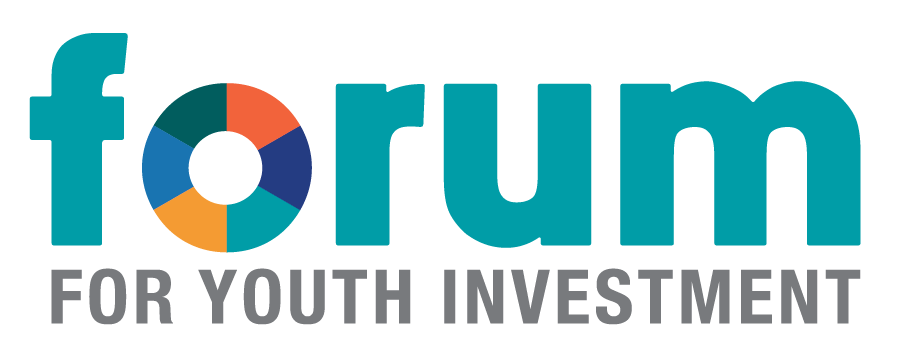Your download is ready. Click here to download.
Our understanding of human development has grown by leaps and bounds in the last decade, driven by scientific findings across several research areas. These findings shine a spotlight on the role that community programs like afterschool and summer programs play in
supporting youth to thrive. Community programs are diverse in terms of where, when, how, and with whom they operate. But the shared components of all community programs are the same ones that science tells us are critical for learning and development: Community
programs offer safety and belonging, and foster rich developmental relationships among peers as well as with the adults who staff the program.
While many have considered K–12 in-school education to be the primary setting for learning and development, the Aspen Institute National Commission on Social, Emotional, and Academic Development (SEAD) elevated the point that learning can (and does!) happen anywhere. The idea that learning happens everywhere expands the way we think about the places, spaces, and people that contribute to thriving, and highlights the role that community programs play in supporting the whole child, young person, family, and community.
In the 2019 brief, The Science of Learning and Development in Afterschool Systems and Settings, we explored the alignment between the new science findings and prior research on afterschool programs, and described what afterschool systems and settings could do to bolster practices that support learning and development. In this brief, we describe the essential components for whole child learning and development, and share examples of how community programs are putting that science into practice.
